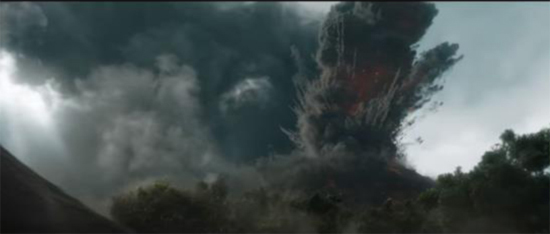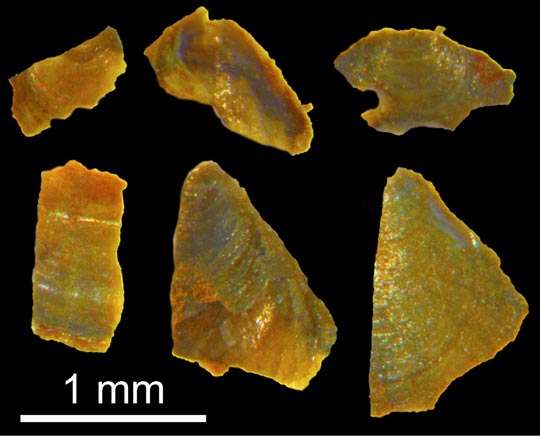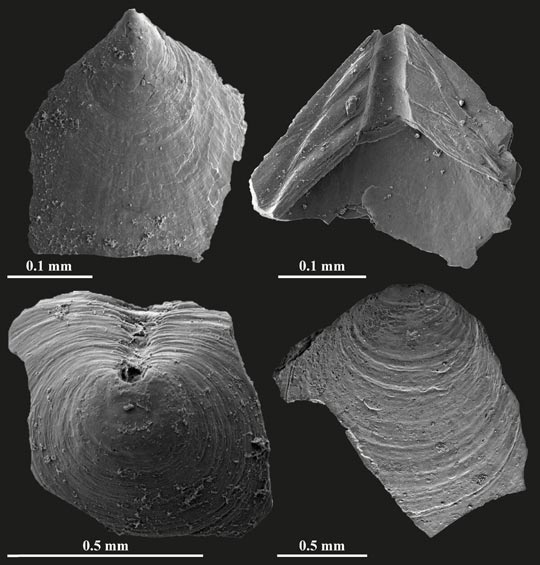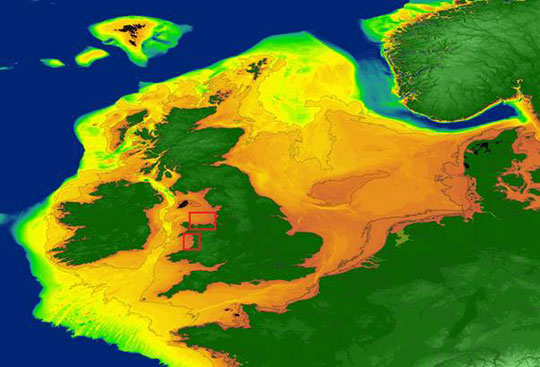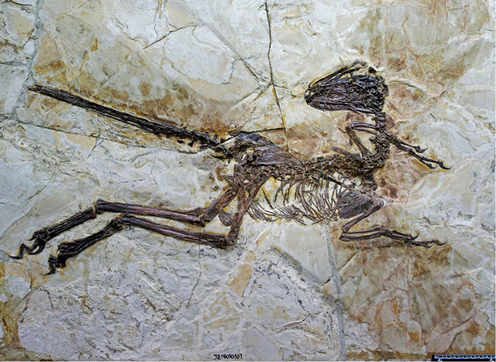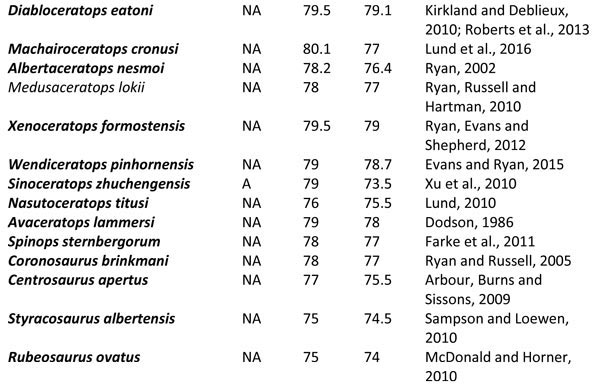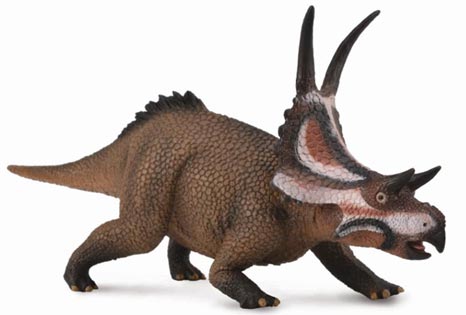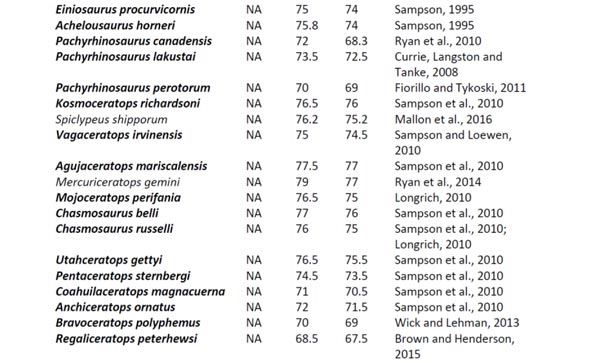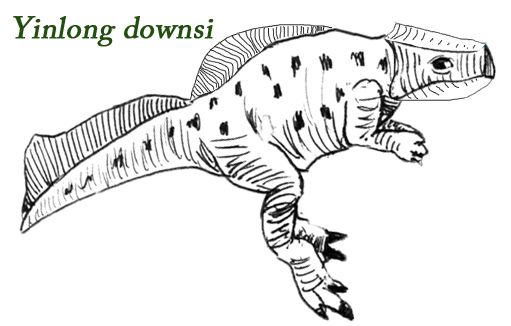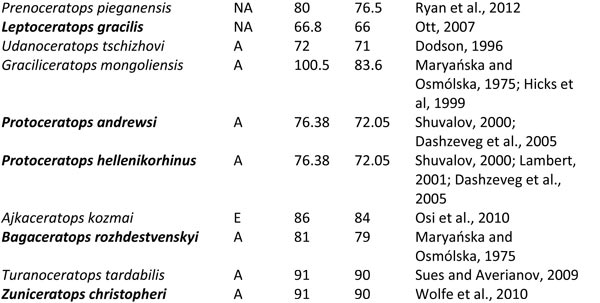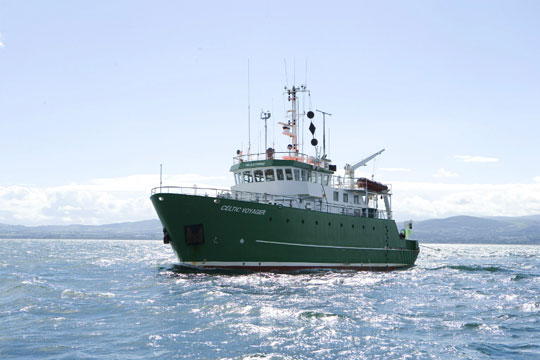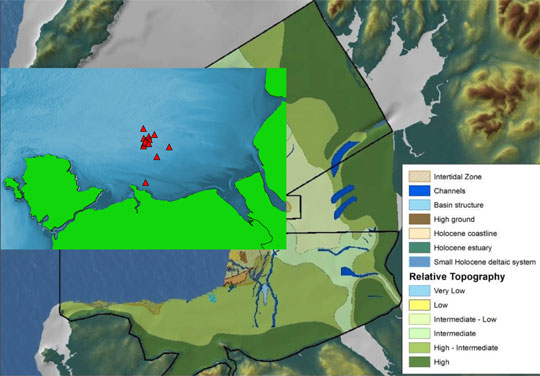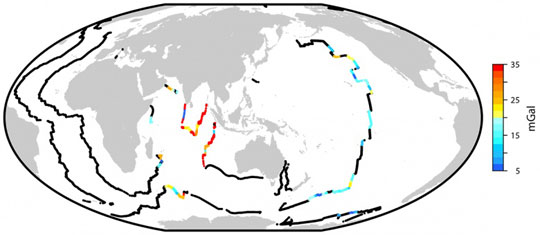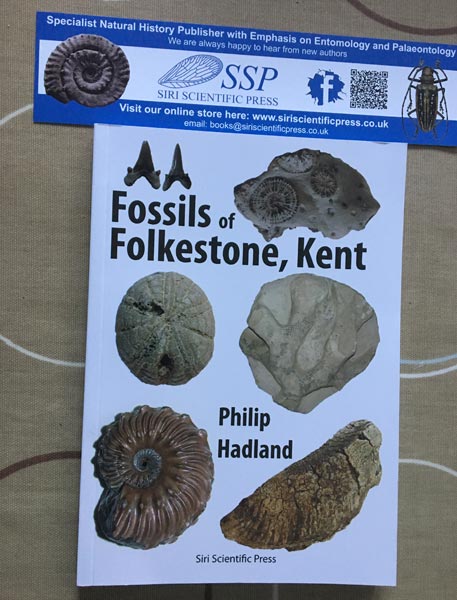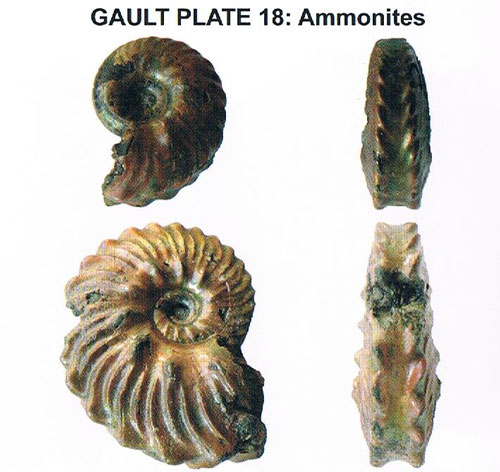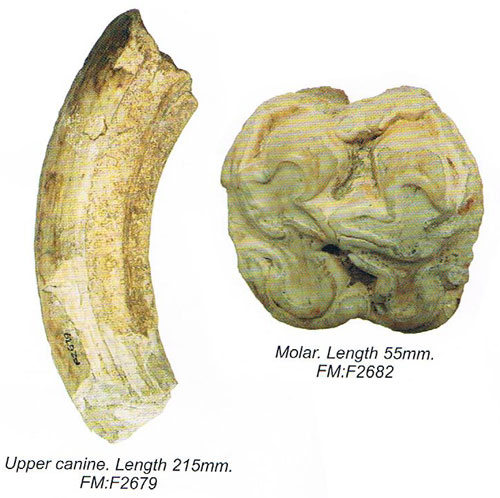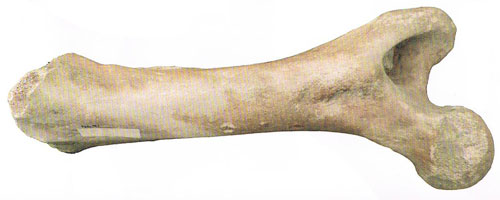Articles, features and stories with an emphasis on geology.
Scientists Turn to Rare Fossil Plants to Determine Tibetan Plateau Uplift
Plant Fossils Pinpoint the Timing of the Uplift of South-eastern Tibet
The immense Tibetan Plateau which borders the Himalayas, is sometimes referred to as the “roof of the world”. This foreboding landscape rises thousands of metres above sea level, it harbours a unique ecosystem and is the source of some of the most economically significant rivers in the world. However, when this plateau was formed and the geological mechanisms that led to this part of Asian being uplifted to form this elevated plain, are poorly understood.
Fossilised plants may help determine when the uplift occurred. This may seem unlikely, when studying tectonic forces, but by looking at living flora, scientists can determine information about the climate and habitat that the plants are living in from their shape, leaf size and structure. These same pointers can be identified in fossil plants too.
Plant Fossils Helping to Unlock the Geology of South-eastern Asia
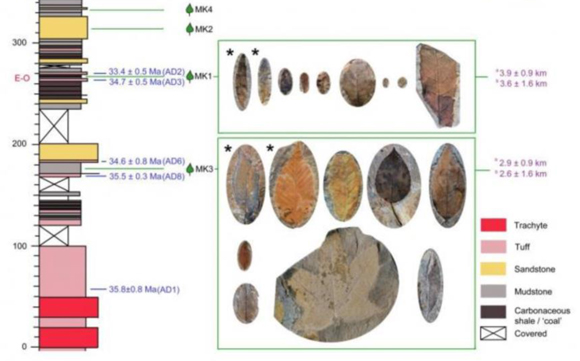
Picture credit: Chinese Academy of Sciences
Plants Interact with Their Environment
Plants live at the Earth’s surface and have to constantly interact with the atmosphere, their leaves are very good at recording their surroundings, including properties of the atmosphere that are related to altitude.
Researchers from the Chinese Academy of Sciences (CAS), more specifically from the Xishuangbanna Tropical Botanical Garden (XTBG), have been examining plant fossils from the Lawula Formation in the Markan Basin, south-eastern Tibet. They have used plant fossil evidence to assess the date of the uplift of south-east Tibet. The mountain range building may have been accelerated when the Tibetan Plateau was already around three kilometres above sea level and rising to its present-day height.
Fortunately, the strata with plant fossils were found between volcanic ash layers that allowed them to be precisely dated using argon isotope degradation analysis. It turned out that the fossil assemblages were much older than their relatively modern appearance would suggest.
Several thousand fossil leaves were examined from four different layers of sediment. Two fossiliferous layers proved to be the most important for this study. The lower level (MK3), was dated using the isotope analysis to around 34.6 million years ago, whilst the upper layer (MK1), was dated to 33.4 million years ago. As such, these deposits span the Eocene-Oligocene Epoch Transition (around 33.9 million years ago), a time when there was dramatic climate change.
An Amazing Fossil Plant on Display at a Museum
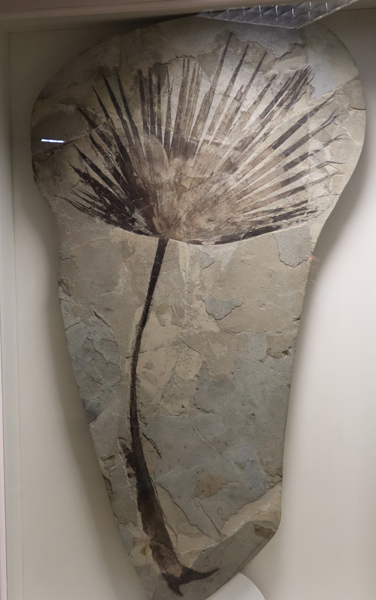
Picture credit: Everything Dinosaur
Fossil Plant Study
Intriguingly, the older layer MK3 is dominated by leaves of the ring-cupped oak and members of the birch family, whereas MK1 consists almost exclusively of alpine taxa with small leaves. The plant fossils suggest that the habitat changed from a relatively temperate evergreen and deciduous broad-leaved plant dominated flora to alpine scrub.
The CAS research team concluded that during the Eocene-Oligocene Transition, south-eastern Tibet was around three kilometres high and actively rising, close to its present-day height. The team’s results demonstrate that the onset of geological uplift took place earlier, some ten million years earlier than previously suggested.
The Elevation of Tibet
The results show that the elevation of south-eastern Tibet took place largely in the Eocene, which has major implications for uplift mechanisms, landscape development and the evolution of the flora and fauna of this region.
The argon isotope analysis of the volcanic ash layers helping to date the Markan Basin fossils, adds to a growing list of Palaeogene sites in this part of Asia, which are actually far older than biostratigraphic and lithostratigraphic data indicate.
The researchers postulate that their study supports the growing body of scientific opinion that the evolution of the highly diverse Asian biota is s Palaeogene, not a Neogene phenomenon and took place before the end of the Eocene. The evolution of modern-day ecosystems may be deeply-rooted in the Palaeogene and this may have been driven by the changing and complex Tibetan topography and resultant climate change.
The scientists from the Xishuangbanna Tropical Botanical Garden are continuing to collect plant fossils from different parts of Tibet. They hope to build a model framework which permits a much better understanding of the uplift and the forces involved over deep time.
Visit the Everything Dinosaur website: Everything Dinosaur.


